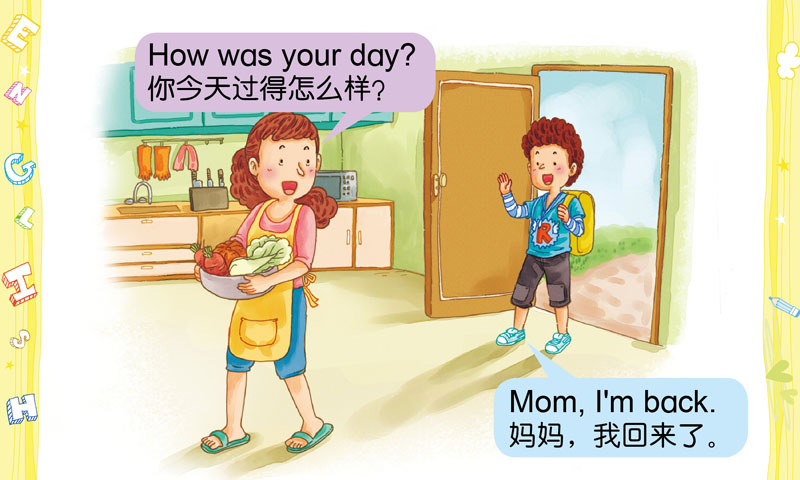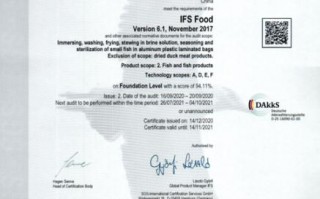2. Mark Reynolds (YouTube Skit Creator, 2M Subs)
"The ‘twist’ section is gold. My most viral skits all use this trick. Also, limiting characters is a must—I learned that the hard way."

3. Sarah Lim (ESL Curriculum Designer)
"As a language teacher, I appreciate the focus on natural speech patterns. Many educational skits feel robotic—this guide helps writers keep dialogues authentic."

1. The Hook: Grabbing Attention in the First 10 Seconds
Every great skit starts with an instant hook. Unlike full-length plays, short skits don’t have the luxury of slow buildup—your audience must be intrigued immediately.

2. Character Dynamics: The Secret to Memorable Interactions
Short skits thrive on contrasting personalities. Think of classic duos like the clueless boss and sarcastic employee, the overconfident student and exhausted teacher, or the logical thinker vs. chaotic friend.

3. Dialogue Techniques: Keeping It Snappy & Natural
The best skits mimic real speech patterns while trimming unnecessary fluff.

Final Thought: The Future of Short Skits
With platforms like TikTok and Instagram Reels prioritizing short, punchy content, mastering skit writing is more valuable than ever. Whether you’re teaching English, building a comedy brand, or just having fun, these techniques will sharpen your scripts—one laugh at a time.
Now, grab a pen and start scripting. Your next viral skit is just a draft away! 🎭
Today, we’ll peel back the layers of short English skit writing, exploring structure, character dynamics, and linguistic techniques that elevate your scripts from amateur to professional.
- Exaggerate Traits: A nervous character stuttering over every word or an overly dramatic friend gasping at minor inconveniences adds humor.
- Power Imbalances: A tiny kid scolding a giant bodybuilder ("You call THAT a push-up?") creates instant comedy.
- Role Reversals: A dog interviewing a human for "Best Pet" subverts expectations.
Pro Tip: Limit characters to 2-3 people—too many voices dilute the impact.
- Interruptions & Overlaps: Real conversations aren’t perfectly timed. Let characters cut each other off mid-sentence.
- Repetition for Comedy:
"Did you eat my sandwich?"
"No."
"Then why is there mayo on your shirt?"
"...No." - Punchline Placement: End scenes on a strong joke or twist.
4. The Twist: Why Every Skit Needs a Surprise
A predictable skit is a forgettable one. The best ones subvert expectations in the last few lines.
- Misleading Setup: A couple arguing fiercely—only to reveal they’re rehearsing for a play.
- Meta Humor: A character realizing they’re in a skit and complaining about bad writing.
- Unexpected Consequences: A character lies about being a doctor, only for someone to collapse in front of them.
5. Practicing & Refining: How to Polish Your Script
Even pros revise constantly. Try:
- Reading Aloud: Does it flow naturally?
- Timing It: Most successful skits are 1-3 minutes long.
- Testing on Friends: If they don’t laugh, tweak the delivery.
Expert Reviews: What Industry Insiders Say
1. Prof. Linda Carter (Theatre Arts, NYU)
"This breakdown perfectly captures the essence of short-form comedy. The emphasis on contrast and brevity is spot-on—many beginners overwrite, killing the humor."
- Unexpected Openings: A bizarre statement ("I just married my toaster!") or a shocking revelation ("You’re not my real boss—you’re a robot!") instantly piques curiosity.
- High-Energy Delivery: Even simple lines like "We have five minutes to save the world!" set an urgent, engaging tone.
- Visual or Verbal Contrast: A well-dressed CEO sitting on the floor eating cereal creates intrigue before a single word is spoken.
Example:
"Wait… you’re telling me the WiFi password was ‘password’ this whole time?" (Cue exaggerated facepalms.)
The Art of Crafting Engaging Short English Skit Dialogues: A Masterclass for Aspiring Writers
In the fast-paced world of digital content, short English skit dialogues have emerged as a powerful tool for language learners, educators, and entertainment creators alike. These bite-sized performances pack humor, drama, and real-life scenarios into just a few minutes, making them highly engaging and shareable. But what separates a forgettable skit from a viral one? How do you write dialogue that hooks the audience from the first line?
相关问答








